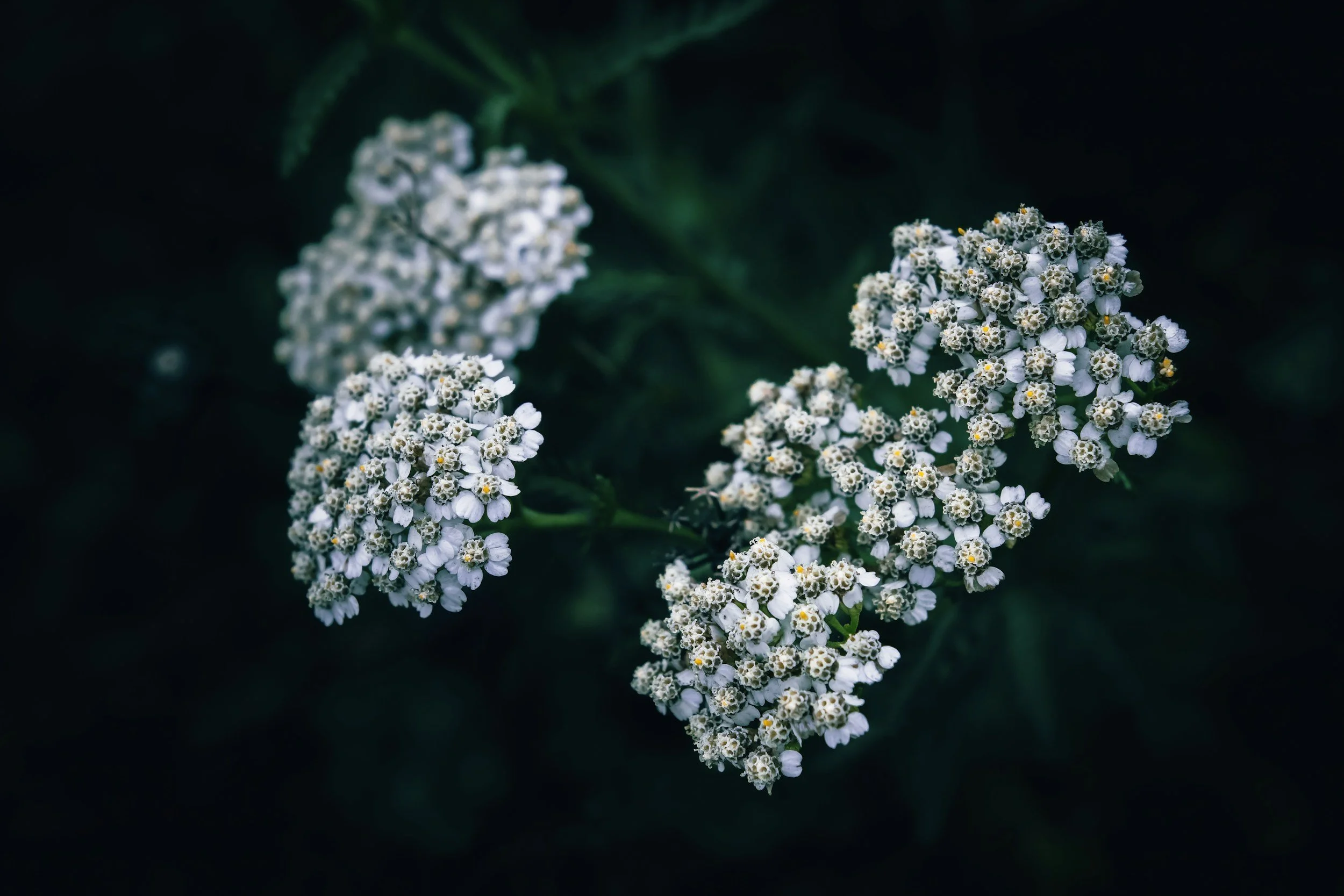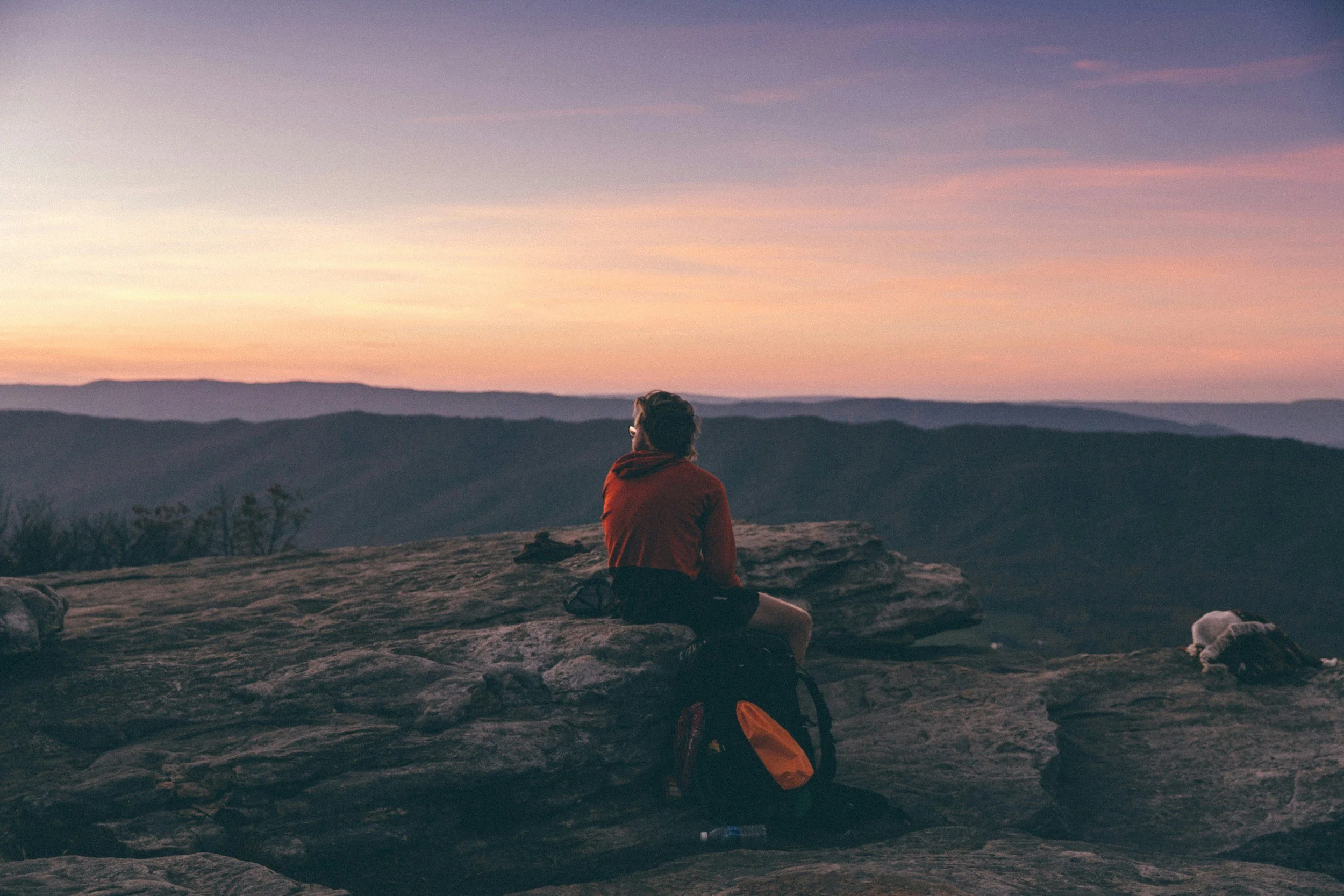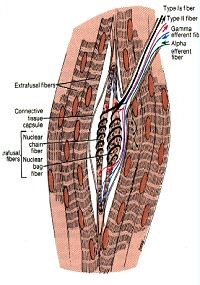There are different perceptions or approaches, even techniques, when defining lomilomi, that can be attributed to the “timeline” or reference points in the evolution of Hawaii's history. For example, when the Tahitian chief and warrior Pāʻao came to the Hawaiian Islands between 400 AD and 1300 AD, he forced a class system and belief system upon the peaceful inhabitants. Later in the 1800's the defacto government (the illegal overthrow of the Hawaiian kingdom) of Hawaii further forced the original natives not to practice “sorcery” which included lomilomi. Both of these events and many others like this attempted to suppress and change the attitudes and beliefs of the now diluted traditional peoples of Hawaii. Fortunately, the secrets of lomilomi persevered through the ages in hidden formats much of which are now being shared.
Out of the mist came the Light
The Light burned hot
The mist arose,
baring a blue ocean below
Out of the mist, came the earth
The ocean swelled around her
The sea became fruitful with fish
The sky became heavy
with clouds of rain
An arch of many colors, raised
its arms upward to the sky
to unite the sky and sea
Thus, these lands were born.
The earth shook and quivered
Mountains arose from the depths
From the sky came flocks of birds
Soaring above the mountain peaks
They nested, filling the air
with song
The earth grew and flourished
Then from the ocean
came man. --Hoʻopono, Pali Jae Lee
After being hidden for centuries, native Hawaiian medicine is re-emerging to offer a promise of more excellent health—and a whole new view of the world. The success of the treatment depends not only on the skill of the practitioner and the openness of the patient—it depends on guidance from the spirits.
It’s not unusual to hear native healers talk about the spirit world; in fact, you’d be hard-pressed to find one who, after feeling you out a little bit to test your readiness, doesn’t mention it. To these healers, spirit is neither myth nor metaphor nor quaint nostalgia. It is manifest in everything around us: plants, water, rocks, air; the whole landscape radiates mana or power. The native healer’s job is, in part, to call upon this spiritual resource to help the patients—to immerse them in the mana of Hawaii.
To those steeped in rationalism, such talk can smack of superstition, even tease the edge of blasphemy—and in the decades after the first contact with the West, it was those attitudes that drove Hawaiian medicine underground. The practices became kapu or forbidden; for many generations, Hawaiians passed them down in secret through families, taught them only to other Hawaiians. But now times are changing. As interest in pre-contact Hawaii blooms, many native healers have begun publicly teaching and practicing the ancient forms—lomilomi, ho'oponopono, la'au lapa'au—making them available to any who seek them.
True healers aren’t as hard to find as they once were. All you need to do is go looking. What you’ll see are highly skilled people with a sophisticated ability to detect and treat illness—practicing an intuitive medicine that is centuries old. Ho'oponopono means "to make right, more right." It developed to help people release self-limiting thought patterns and emotions and become more connected to their highest selves.
To the unfamiliar, ho'oponopono might not seem too different from the advice you would find between the pastel-colored covers of the self-help books; at the surface level, perhaps it is not. But there are two approaches. Ho'oponopono, the modern form, is more influenced by Christianity and Western psychology. True ho'oponopono, or ho'oponopono keala, comes from the time of the original Hawaiian culture before the Tahitians brought the kapu system when all things were in aloha lōkahi, love, and unity. True ho'oponopono draws directly on the spiritual resources of the ‘aina, the land, and the wisdom of the ancestors.
Kalehuamakanoelu’ulu’uanapali Aha'ula Kealiʻi Machado was known throughout Hawaii as a Kūmu lomilomi. No discussion of modern lomilomi, or Hawaiian healing in general, can go on very long without mention of Auntie Margaret; she was partly, perhaps even primarily, responsible for the survival of the technique and for teaching many of its contemporary practitioners. In 1965, Aunty Margaret became the first lomilomi teacher certified by the state of Hawaii; in 1973, she was among the first to teach non-Hawaiians the ancient art.
True lomilomi is more than just massage. When Aunty Margaret looked at a patient, she saw something subtle imbalances and blockages in a person’s energy field. Aunty Margaret was orphaned at a young age and raised by missionary parents, and she prayed to the Christian god rather than to Hawaiian gods, but the intent is the same: to call on spirit to guide the healer and infuse the touch with love. Before her passing, she only spoke in fragments; the few phrases Auntie Margaret would repeat illustrate the underlying principles of lomilomi. "You have to give a lei of light," "Gotta bring love. More love."
The actual massage is only one part of lomilomi; there’s also setting intention, establishing trust, offering the pule and using hoÿoponopono to release one’s kaumaha, or burdens, by freeing them each evening toward the setting sun and asking forgiveness.
Together, ho'oponopono, lomilomi, and la'au lapa'au form a holistic triad of contemporary native medicine. But understand: It’s more than technique. The training develops something inside. You need to have empathy and aloha. You need mana; mana is often mistakenly thought to be "life force," similar to the Chinese concept of chi. Mana is spiritual power. Everyone has a life force, but if it’s unfocused, it works against you. If you can compress and focus it, it becomes an awesome power. In the traditional way of training, we learn to focus, accumulate mana and use it for healing. As these abilities develop, so does the "wireless" in your head, the ability to communicate with spirit, with nature and with others, both living and dead, who supply information or come to assist in the healing. When we work, we are surrounded by ancestors. Not only family lineage, but the lineage of teachers as well. Well aware that to the uninitiated, this might sound like so much wishful delusion, we risk being called nutcases when we talk about what we’ve seen. The only way to justify it is to say that many of us have seen it together.
This ability to focus mana is not reserved for any priesthood or spiritual elite. It is just an increased awareness; anyone can learn it. Still, there are risks, one of which is the growing number of people who have an imperfect, diluted or fragmentary understanding of what they’re practicing.
In the midst of all the information and change, how does a seeker find Hawaii’s true kahuna? At the moment, there is no repository or database of native healers. How can the average person know if someone is kahuna? -- If someone tells you they’re kahuna, it is a good bet that they’re not. The Kahuna title is one of great strength, power, and knowledge. It is passed down from one Kahuna to the next by way of 'uniki (traditional rite of passage or graduation), along with the explicit designation of the teacher and full acknowledgment of the community. Even Auntie Margaret in the early 1980s, when asked about the number of Kahuna, left teaching in the islands replied,” No more”…. “I am not a Kahuna. My grandfather was the Kahuna. My grandfather was the nicest man. He named me. That is how I got the name Kalehuamakanoelu‘ulu‘onapali. Kalehua, because I am a flower; Makanoe, what she sees in you; Lu‘ulu‘onapali, everything that comes from you, your toes, your feet, to your hands, to your heart. Your body is your mountain.”
Written by Aunty Suzi Ko 2018






